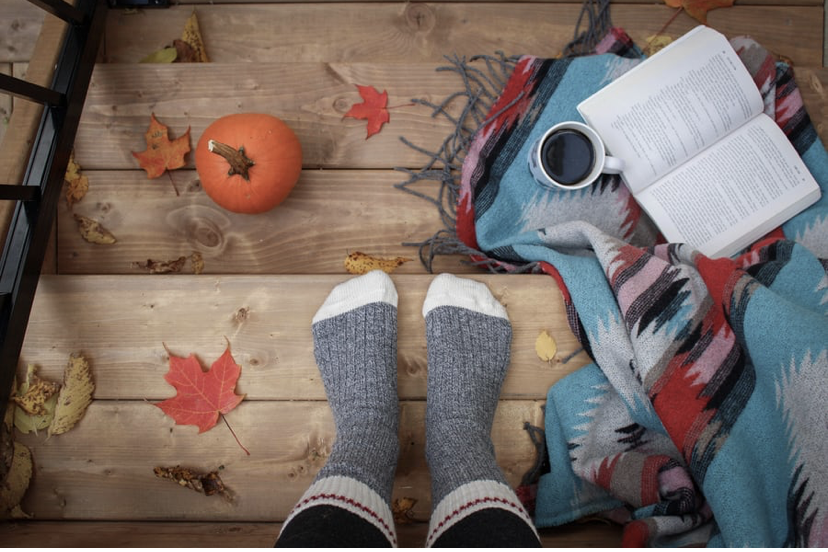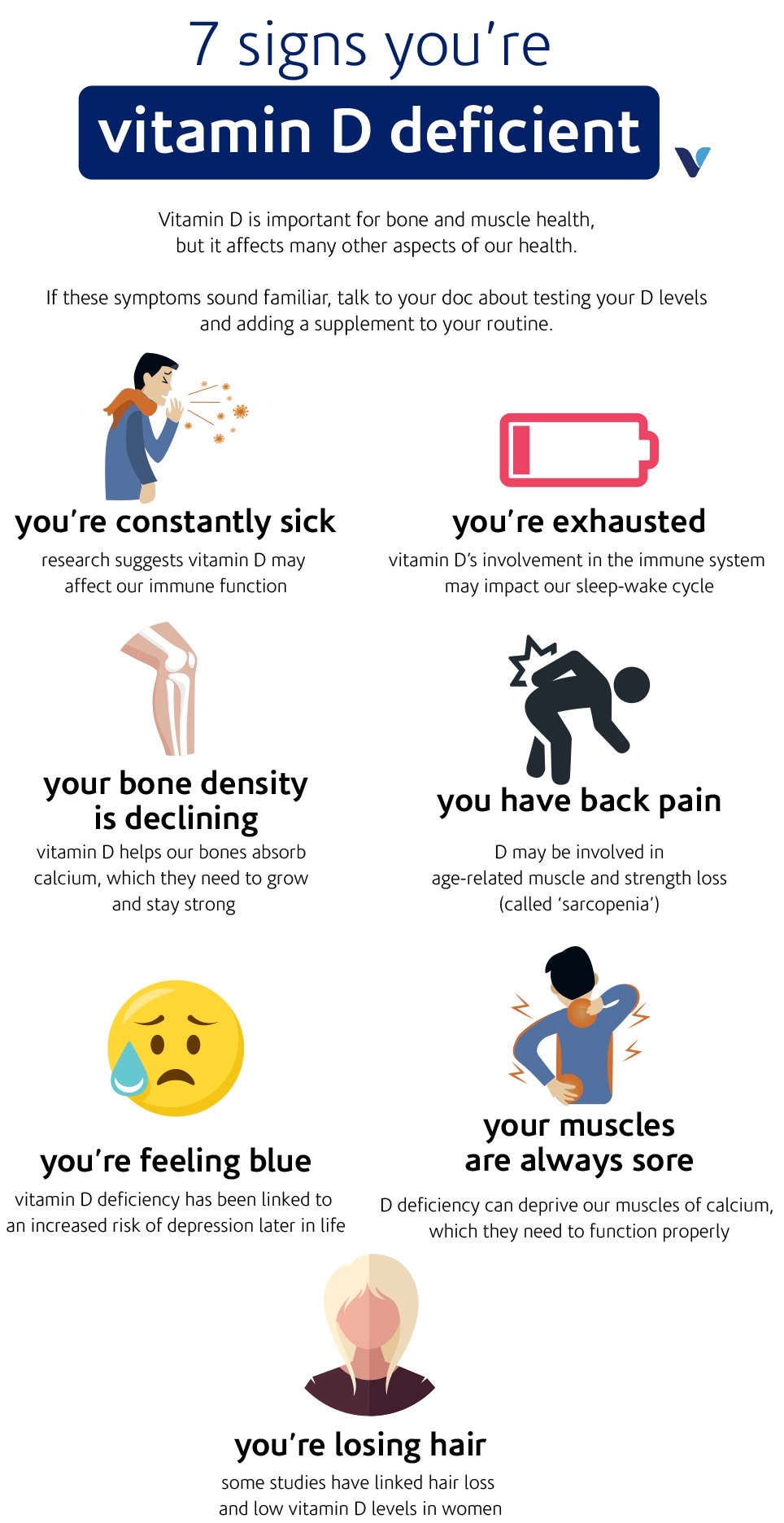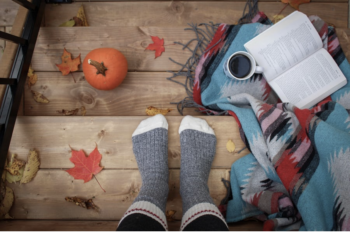I appreciate the change of season by the end of summer. The orange, brown, maroon tones and fabrics of fall fashion make me long for their feel against my skin. Climbing on a chair to retrieve the crockpot evokes the aroma of rich umami stews and soups. Pumpkin, sweet potato and squash replace the tomatoes, zucchini and corn in the basket in the kitchen. Logs are collected and stacked up by the fireplace. The paddle board and outdoor furniture are tucked safely away from the elements. The outdoor shower pipe is shut off, in time for the first freeze.
This is the time of year when darkness sets in earlier every day. Temperatures cool down. The decrease in hours of natural sunlight is dramatic.
All of these external changes affect us internally. Humans and other animals are innately sensitive to changes in the environment. This is a good thing, we want to be in tune with nature. We need to recognize the changes and adjust.
What happens to our bodies? There is an increase in melatonin and a decrease in serotonin. The melatonin increase causes us to feel sluggish and less energetic. A decrease in serotonin can result in a depressed mood. Even people who love cooler months may experience a wistful sense of the passage of time. Mild sadness or malaise can set in as the body adjusts.
The shift may also cause a more intense change in mood, known as Seasonal Affective Disorder or SAD.
The primary symptoms are:
*Sad mood
*Problems concentrating
*Lack of energy
*Increase in sleep
*Carbohydrate cravings
If this sounds familiar and has happened more than three years in a row, you may have SAD. For some people it is mild and you know you can “ride it out” until spring. Others need help. SAD is under-diagnosed big time. I can’t tell you how many times I have heard adults say they had this their whole life and never thought to treat it. With the world battling a pandemic, there has been a marked increase in mood disorders. Predictions that the pandemic may worsen in winter compounds the worry.
Light therapy can help. The recommended dosage is 10,000 Lux for 30 minutes in the morning. There are plenty of options – try Verilux. The light must block damaging UV light, known to cause skin cancer. It cannot cure Covid-19. Tanning beds are not helpful for SAD (or for anything else for that matter).
Psychotherapy, particularly Cognitive Behavioral therapy is proven to be helpful.
Many clinicians recommend antidepressants in addition to light therapy, particularly if light therapy alone is not helpful. Medications can be started in November and stopped in April. Consult your personal physician to decide whether medication may be right for you.

Many if us are Vitamin D deficient due to lack of light and use of sunscreen. Our bodies need sun exposure to manufacture Vitamin D. Besides broken bones, low D is linked to depression. According to the Bradykinin hypothesis for Covid-19, the virus attacks the body by causing a bradykinin storm. Vitamin D is potentially useful to reduce the severity of the illness. The current recommendation for adults of 600-800 units/day is considered low by most physicians. Get your level checked. Even those who exercise outside in winter, ask yourself how much sunshine is actually absorbed when so little skin is exposed?
When cool weather rolls in, we crave comfort food. You’re going to want to nosh. Rule of thumb – avoid white food. Except hard boiled eggs – always have those on hand!
Get outside. It decreases your Covid-19 risk, it helps lift your spirits. Meteorologists are always passing judgement on the weather. The meteorologists here actually tell people which days are “outside days”. Let’s just make every day an “outside day”, even for a little while.

Embrace the change. Accept that this is a time for introspection and for quieting the body. Since the start of the pandemic, I have changed my sleeping habits. Being in bed by 9:00 when it feels like midnight works for me. It’s midnight somewhere. No FOMO.
I am grateful to experience the change of season. Change is one of the only constants right now.
And most importantly; air hug, real-life hug, any kind of cuddle will do. Especially now.
How are you preparing? I’m sharpening my skates so they are ready to go!


I agree, also
A new improved option for light therapy
Luminette ( available on Amazon)
Neuromodulatuon can also help with seasonal mood issues
CES (Cranial Electrotherapy Stimulation, Cefaly Or tDCS (transcranial Direct Current Stimulation)
🙂
Thanks Rusty, will pass this on
I loved the skating video…yes lots of shenanigans took place on the lake in winte. Such fond memories:)
I deal with the cold winter by escaping to SARASOTA. My happiest times in FL are when I import my best girlfriends to join me. Then we all get our quota of Vitamin D
Vitamin D and so much more! ????
Time with the dogs is always hygge.
DF NOT hygge.
Nice skating Dr. Anne. Loved the article and will try the glasse, increase the D and GET OUTSIDE more until I get to AZ again. ????Love and hugs
Hi Sue!!!!
The skating is on the little lake in my backyard, so much fun.
Lucky you and your AZ getaway!
Besides all the advice, I believe that LOVE helps us to cope with everything better ????
I live for winter. Great overalls.
They are the bright orange hunting overalls from Farm & Fleet! So cuddly. So refreshing to hear from someone who loves the winter
I just started keeping a diary again. After reading your article, I think it’s my way of coping with winter.
Writing in a diary as a way to get through the winter, I LOVE that idea and think others will also. I have always kept a journal but lately not so much…
Would I love to have a peak at that diary Ms. Peggy ;-)))
I love that this piece has been updated for these current times. With everything going on in the world it’s easy to lose track and not even notice the changes. I don’t see the skating video mentioned above- but I like the sock picture. Inspiring me to get out my fuzzy socks.
The skating video belongs in a winter post, not fall. I also didn’t feel it fit my mood :((. It will be back. My fuzzy socks have been out for weeks, the best.